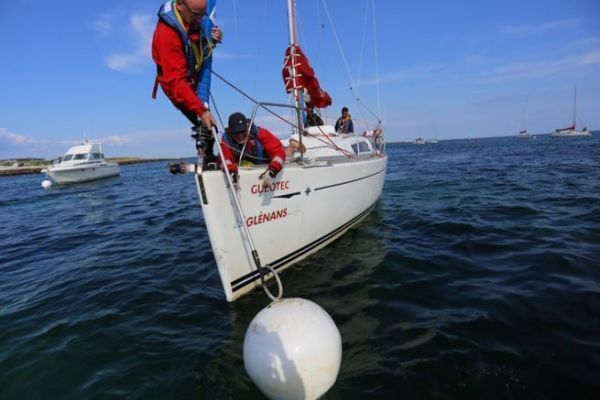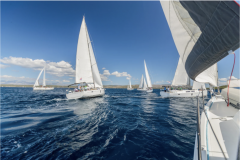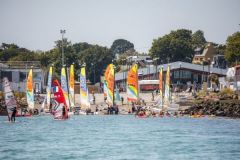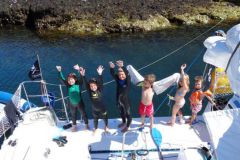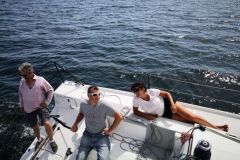The first level of monitoring, the CQP
Sailing instructors must have Level 4 professional certification. Previously, the level required was 5 - performance sailing - but the shortage of manpower has lowered qualifications. The holder of a CQP can then work at any sailing school or nautical base.
The first step is to obtain a CQP - Certification de Qualification Professionnel - Initiateur Voile, croisière ou légère. Training varies according to the type of sailing, and only allows you to work in the chosen field. To supervise in more than one area of sailing, you need a Level 4 in each discipline.
This diploma enables instructors to supervise people sailing for up to 500 paid hours a year, and up to 60 miles off the coast for cruising. The instructor works under the supervision of a RTQ - Qualified Technical Manager - who holds a professional certificate. This grade often corresponds to the position of base manager.
A technical assessor validates the instructor's level 4 according to the UCT - Unités de Compétences Techniques - acquired. To qualify, future professionals must have :
- Coastal license,
- A PSC1 - "Prévention et Secours Civiques de niveau 1" or PSMer - "Premiers Secours en Mer" certificate.
- 100 m swimming certificate
- In 2023, a quiz on sexual and gender-based violence will be added to these prerogatives.
Méderic, Croisière sailing instructor at Les Glénans, explains: " When you start out, you're a trainee instructor, tutored by senior instructors. You then have to validate 6 UCCs (Unités de Compétence Capitalisable) on your first coaching sessions. At the end of the 6th, the FFVoile issues you with your CQP diploma."
In addition to the CQP, there is the Monitorat Fédéral, which does not require a coastal license. However, this diploma only allows you to supervise on a voluntary basis.
The CQP is the first level of instructor and can be taken from the age of 16. More often reserved for seasonal workers, it can be taken in-house at large structures such as Les Glénans or UCPA, for example. Light sailing courses are easier to find than cruising courses, for which the market is smaller. Les Glénans offers a very intensive 6-month training course. Those who pursue a career as a monitor generally have a higher diploma, completing their course with one or two years of study.
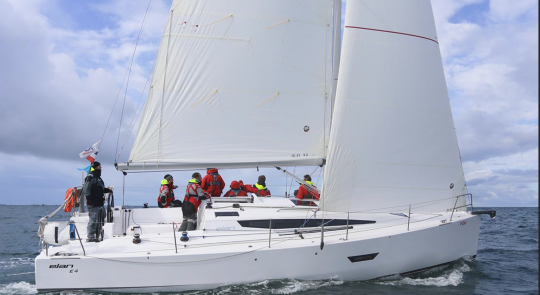
The BPJeps to make it your main activity
The BPJeps corresponds to a higher level than the CQP. It can be found in many different disciplines, including sailing. It enables you, for example, to open a sailing school or to work as an RTQ. This diploma confers the title of sports educator, which can be taken in two different areas - Cruising Sailing or Multi-support Sailing, the latter focusing on light sailing, dinghies, catamarans and windsurfing. It is also possible to combine these two diplomas.
Supervision prerogatives have changed slightly. Holders of a BP Croisière can supervise up to 200 miles off the coast, with no limit on the number of hours of supervision. There's a lot of pedagogy, the technique is fairly sustained, and there's also training in regatta coaching.
Training is available at a number of locations in France, including Marseille in the south, and Concarneau and La Rochelle on the Atlantic coast. At Les Glénans, training is offered over one or two years, while at INB it takes place over two years.
Médéric explains: "You have to pass tests called TEP. The various sailing schools then get together in Quiberon to run major tests. Les Glénans, INB and La Rochelle select and distribute the future BPs."
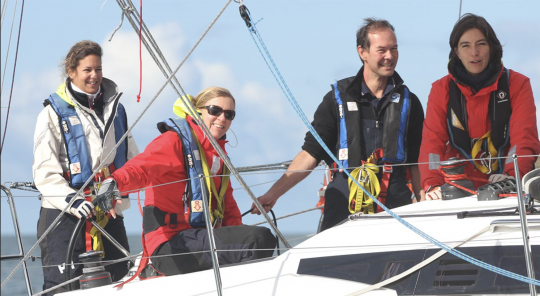
A smaller market for cruise schools
Job offers are rarer in sailing schools for cruising instructors. They are often self-employed. There are three main employers in the cruising school market: UCPA, Les Glénans and Macif.
Médéric completes : "BP graduates usually buy their own boat and take students on board for training courses."
Different daily newspapers
Cruising and light-sailing instructors have different daily routines, as Méderic explains: "In cruising, these are weekly formulas. We're given a boat, a crew, often by level, from 1 to 4 according to the FFVoile. We set off on a week-long itinerant cruise, from port to port. We teach during the day, give a briefing in the evening, and there's also life on board to manage. We're a long way from our RTQs, so we communicate by phone to make sure everything's going well. Nautical maintenance is also important. When we have a problem on board, it's up to us to deal with it. Which often happens. In light sailing, in the big schools, there are staff on hand to repair the boats, or the base managers. But many light sailing instructors also do maintenance. In cruising, this often involves repairs such as electronics, electricity... In light sailing, these are generally one-week courses, during school vacations or the summer period, which is less common in cruising. There's also the market for weekly courses."
To sum up, a typical day as a cruising instructor consists of preparing the boat, drawing up the navigation plan for the day, ensuring the cruise, returning to port, stowing the boat, managing the debriefing, and this throughout the course. For the light sailing instructor, he will prepare his fleet, receive trainees, repair breakages between courses...
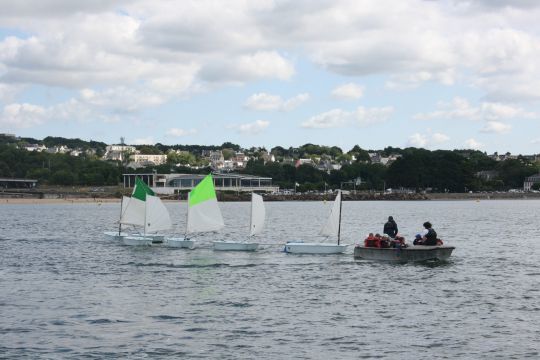
Managing the different expectations of trainees
As Médéric explains, one of the most important aspects of being a cruising instructor is managing trainees' expectations, which vary from week to week. "Formulas have to adapt. We have fairly typical profiles. The father of a family between 30 and 35, who may or may not be coming with his wife, who would like to rent a catamaran with his family in the Caribbean, and who would like to get some training. In these cases, we give priority to autonomy and safety. Another common profile is the 40 or 50 year-old executive who comes to spend his vacations and visit the Breton ports... We have to adapt. The atmosphere is different."
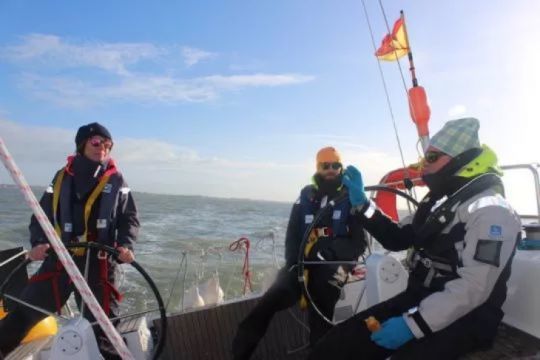
Essential qualities
In addition to the obligatory sailing skills, two qualities are really important to be a Sailing Instructor. Méderic concludes: "Crisis management and education are essential. It's a discipline where accidents can happen. It's a complicated situation to manage because of the isolation of the boat. You have to show composure. As for teaching, it's a teaching profession. You have to understand each person's way of learning, and propose appropriate teaching content. You need to be a good listener and communicator, flexible and caring."

 /
/ 